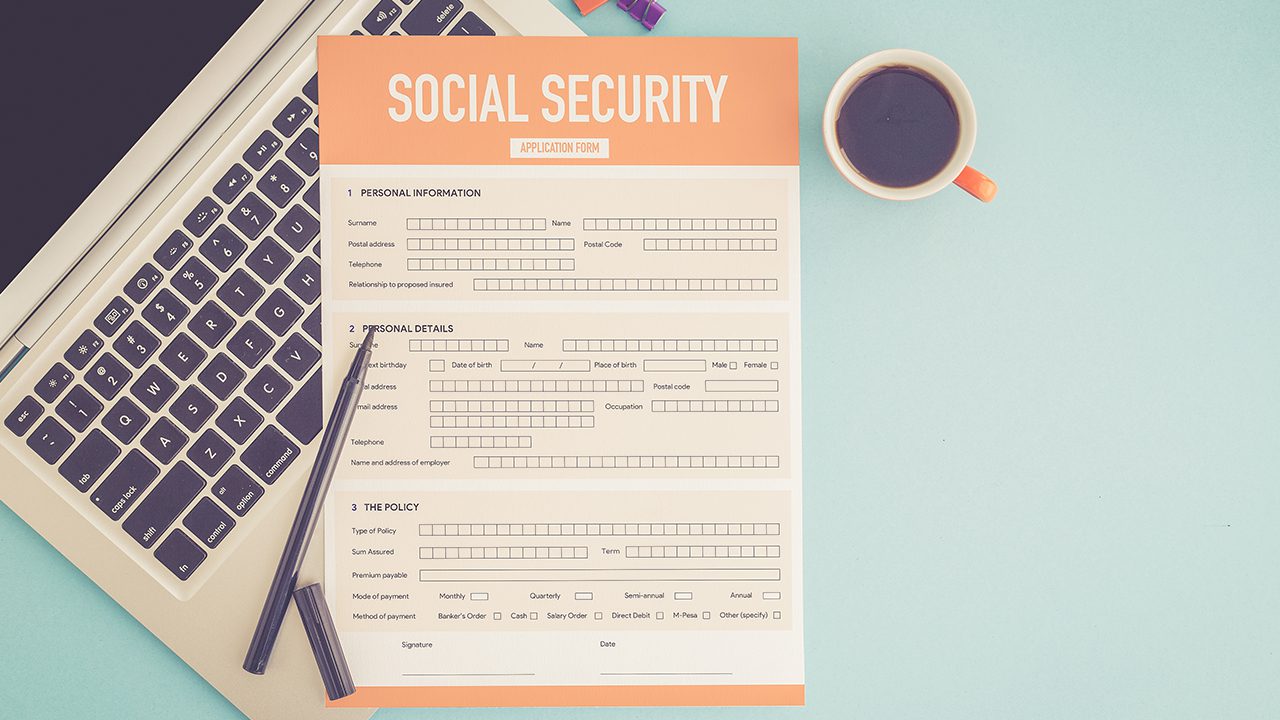By Barbara O’Neill, Ph.D., CFP®
OneOp recently provided a webinar titled Social Security and Disability 101. The webinar discussed Social Security disability benefits, the SSDI and SSI programs, and other programs that help service members with disabilities.
Below are ten key take-aways for Personal Financial Managers (PFMs) and other financial educators:
- Definition of Disability – Social Security defines disability as an inability to work due to a severe medical condition that has lasted, or is expected to last, one year or result in death OR a medical condition that prevents someone from doing “substantial gainful employment” (defined as earning a gross income of $1,350+ per month) via work done in the past or by adjusting to other work.
- Disability Benefit Requirements – Applicants must generally meet two different earnings tests to receive Social Security disability benefits (a.k.a., SSDI): a recent work test and a duration of work test. The recent work test is based on an applicant’s age (i.e., fewer required years before age 24 vs. at age 24 to 30 vs. at age 31 and later for the period ending with the quarter that a disability begins).
- Duration of Work Rules – Like the recent work test, the duration of work test generally requires a longer work period for older workers vs. younger workers, who have a shorter work history. For example, if workers become disabled before age 28, they generally need 1.5 years of work. At age 52, the work requirement is 7.5 years.
- Application Process – People should apply as soon as they become disabled at the website www.ssa.gov/disability. Processing a benefit application can take three to five months. Online applications are the easiest and fastest way to apply as most Social Security Administration (SSA) offices have 30+ day waits for appointments.
- Disability Determination Services – Once an applicant meets the work tests, this agency in every state completes an initial disability determination for SSA. It requests information from applicants’ doctors and hospitals, clinics, and other institutions where applicants have been treated. Applicants are notified by letter of the resulting decision.
- Disability Determination Decisions – The state agency only announces its decisions in letters. If approved, the letter will describe the benefit amount, when payments start, and reporting responsibilities. If not approved, the letter will explain why benefits were denied and provide information about the appeals process.
- SSDI vs. VA Disability– SSDI and Veterans Administration (VA) disability benefits are two completely different programs. To receive VA benefits, a disability must be service connected. To receive SSDI, an applicant must not be able to do any type of work. For SSDI, a person is considered 100% disabled or not. VA disability benefits go by percentages in 10% increments ranging from 0% to 100%.
- SSDI and VA Disability – The SSA can make faster determination decisions about SSDI if the VA has done some “legwork” in advance. Therefore, military applicants should share their VA disability history. Someone with a 100% VA disability rating can qualify for SSDI and the SSDI benefit is not affected by the VA benefit.
- Earnings Updates – SSDI recipients who take a job or become self-employed should notify the SSA immediately about the nature of their work duties. Also, SSA has special rules called work incentives that allow benefit recipients to test their ability to work and still receive monthly benefits.
- Supplemental Security Income (SSI) – SSI benefits are needs-based. To be eligible for SSI, applicants must have a limited income and few resources, be age 65 or older, and be totally or partially blind or have a medical condition that keeps them from working and is expected to last at least one year or result in death.
Click here to download the slides for the OneOp Social Security disability webinar presentation.
This image was purchased by MFLNMC from iStock.com under member ID 8085767.













